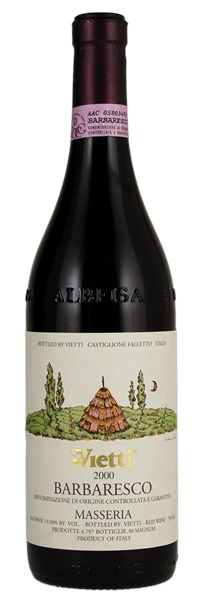Estimate

Beautiful aromas of mushroom, berry and dried fruit. Full-bodied, with rich, silky tannins and a finish of amazing fruit and spices that goes on and on. I love this.
Spicy, aromatic nose of redcurrant, plum, tobacco, dried flowers and underbrush. Lush, dense and sweet, with a glyceral, fleshy texture for Barbaresco and excellent concentration. Seamless, complex and rich. Finishes with very fine...